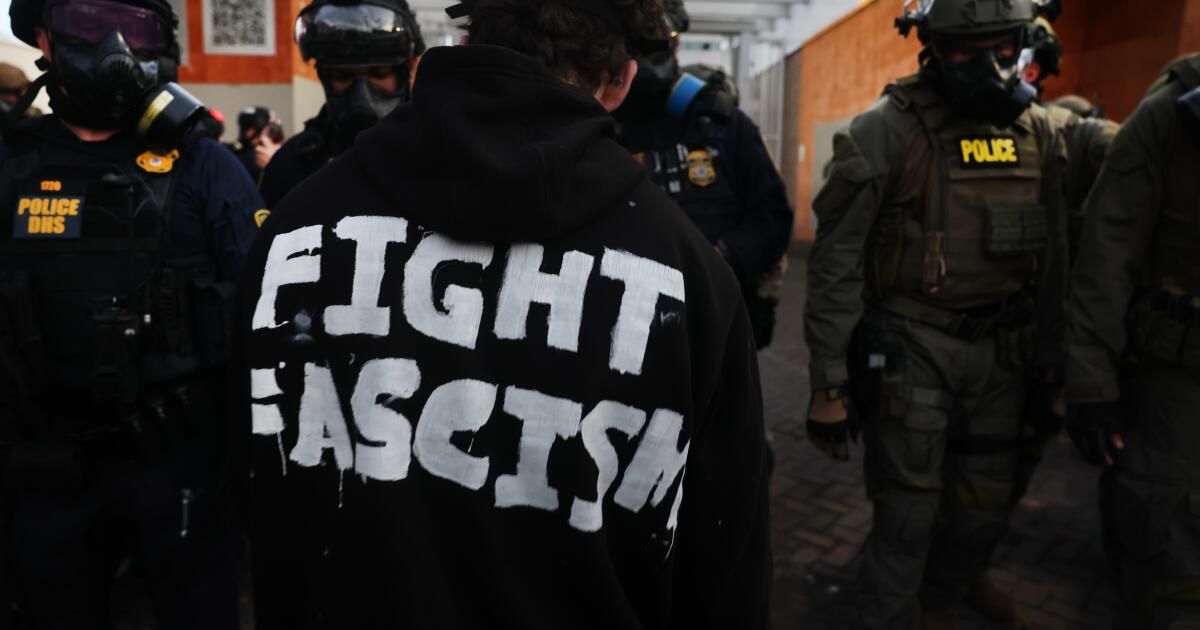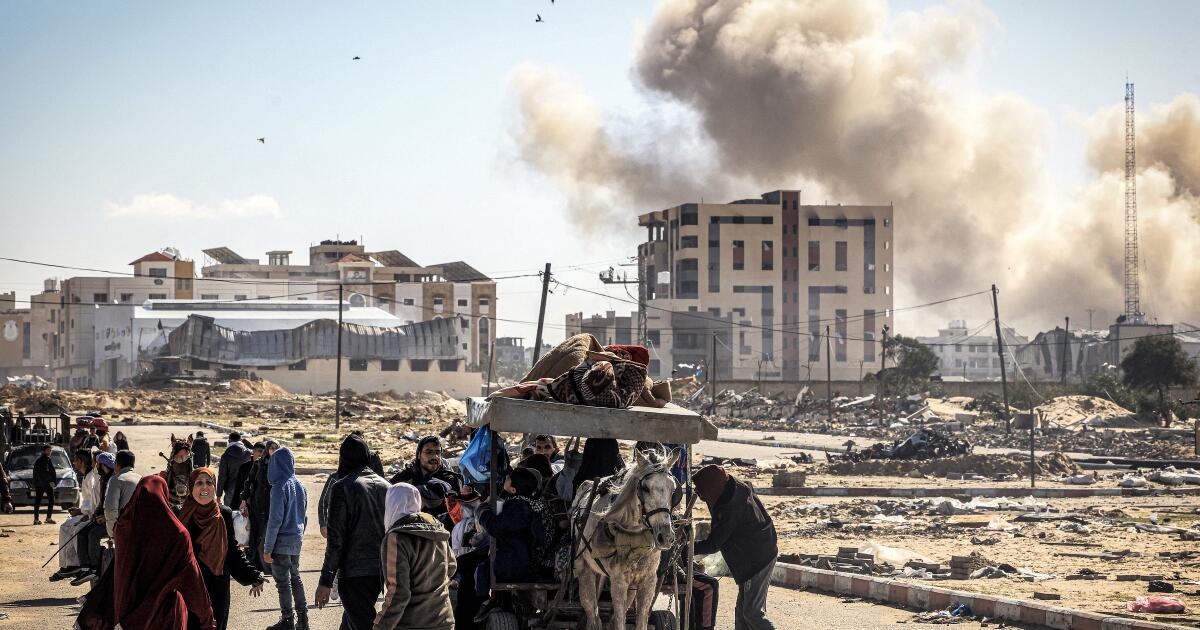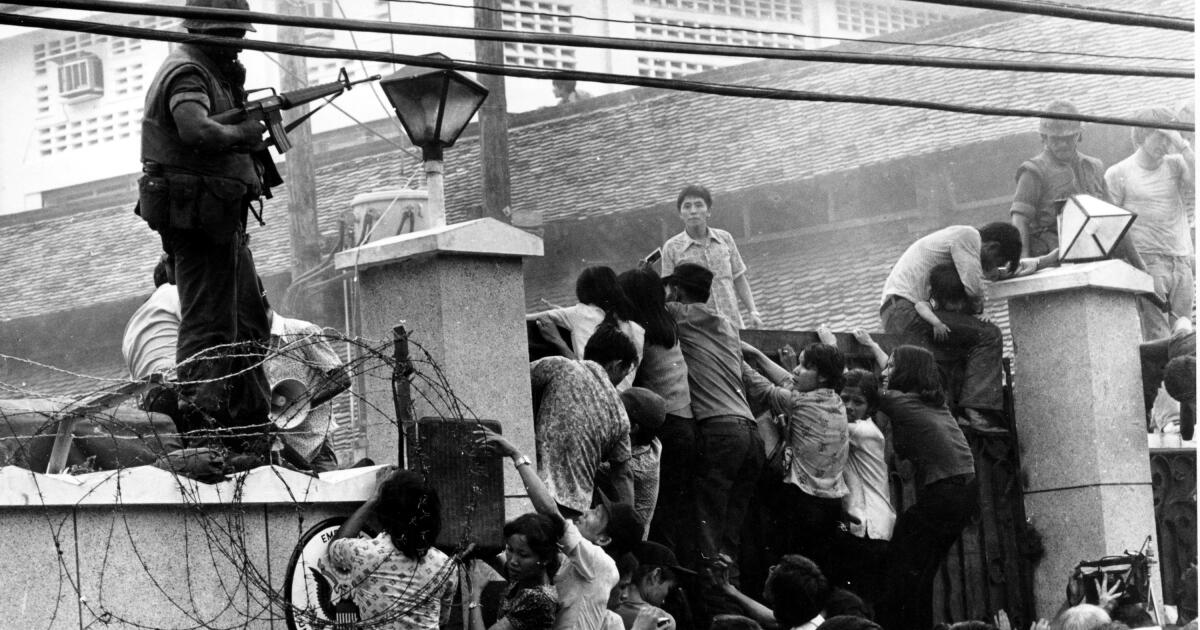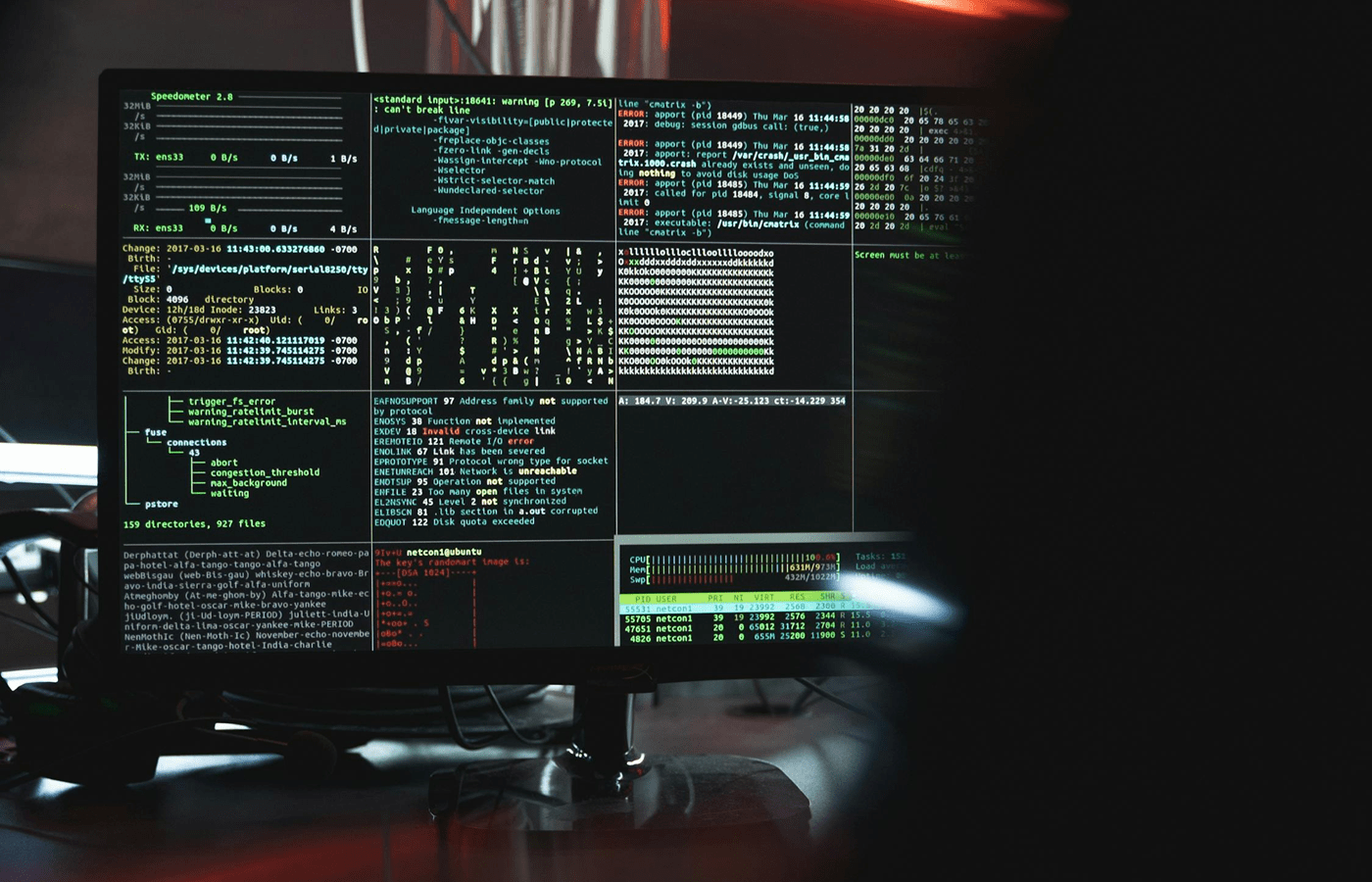President Trump executive order designating tonifa As a “domestic terrorist organization” it was never really about Antifa. It was about building a model for repression. Now, with your last order on “Against internal terrorism and organized political violence”, the plan is clear: freedom of expression, political dissidence and municipal autonomy are in the crosshairs.
I have argued in the past that the tothe ntifa order was legally weak and practically unnecessary. Antifa is not a structured organization. It is more of an idea than an entity; a loose coalition of individuals dedicated to countering fascism. And while some have crossed the line from peaceful protesters to violent agitators, violence already has ample legal recourse under state and federal laws. The danger of the order is in its symbolism, as the administration begins to test how far it could go in labeling its internal opponents as enemies of the state.
This new executive order goes much further. Cloaked in the language of protecting Americans from terrorism, it opens the door to using federal law enforcement as a weapon against right-wing political rivals. The Justice Department must now treat broad swaths of dissent in Democratic-led cities, from Los Angeles to Portland, Oregon, to Chicago, as “organized political violence.” In practice, this could mean turning the Joint Terrorism Task Forces (entities designed to track designated foreign terrorist organizations such as Al Qaeda and the Islamic State) to Americans, investigating protest organizers, city officials, charities and journalists whose opinions run counter to the administration's agenda.
This should alarm all Americans. The task forces bring together under one umbrella all investigative powers of the FBI, Homeland Security, and state and local authorities. Using those tools to surveil political opponents would chill legal protests and erode civil liberties.
Imagine federal prosecutors charging activists accused of creating disorder at a demonstration with “domestic terrorism.” The line between protest and terrorism, already blurred by the Trump administration's policies and misinformation, could disappear entirely. Furthermore, weaponizing task forces to pursue the president's internal political enemies may result in governors withdrawing their resources from the units. This would put Americans at greater risk of real threats, such as those posed by domestic violent extremists who subscribe to the doctrine of the Islamic State or Al Qaeda.
During these first days of Trump's second term, we have gone beyond rhetoric and missives on social networks. What was once rhetoric has now become executive action. The effect could be to criminalize the opposition under the pretext of counterterrorism. Today it's Antifa; Tomorrow they could be climate activists, immigrant rights groups and even political parties.
The risks go beyond freedom of expression. By equating political opposition with terrorism, the administration is also militarizing America's domestic landscape. In a speech last month In Quantico, Virginia, the president told senior military officials that he would not hesitate to deploy U.S. armed forces against “the enemy within.” This was not an offhand comment. It signals a willingness to use troops – trained for foreign battlefields – on American streets to quell political dissent.
The Posse Comitatus Act of 1878, a fundamental safeguard, restricts military involvement in national law enforcement. But Trump's recent rhetoric suggests he sees it as little more than an inconvenience. If such deployments take place, it would mark one of the most dramatic expansions of federal military power in modern times, risking both bloodshed in our cities and further erosion of democratic norms.
Supporters of these orders and maneuvers argue that they are necessary to combat political violence. But attacking opponents and law enforcement, rioting, arson and conspiracy – all can and are prosecuted under existing statutes. What this administration seeks is not more tools but more freedom: the freedom to combine protest with terrorism, to investigate and interrogate critics under the guise of counterterrorism, and to silence dissent through fear.
History offers warnings. Governments that criminalize the opposition rarely stay on the sidelines. In Türkiye, the “terrorist” label“has been used to decimate civil society, shut down newspapers and imprison academics. In Russia, anti-extremism laws have become blunt instruments to crush democracy. We must be honest: the United States is inching down that path.
This is not about protecting Antifa, a decentralized movement with no leadership or formal structure. It's about protecting the Constitution. The First Amendment guarantees freedom of speech, assembly, and association. If these rights to free expression can be recast as terrorism by executive order, then they cease to be rights at all.
The Antifa executive order was the test case. The new order of domestic terrorism is escalation. And Trump's comments at Quantico may be a preview of even more dangerous militarization to come. If the response fails now, whether through the courts, Congress, or public protests, the bulwark between national security and political repression may collapse entirely.
We should all be clear-eyed about what is happening. The president doesn't just fight crime. It is probing the strength of our democratic institutions, looking for weaknesses. Every order, every speech, every threat against democratic norms is a test of resistance. The question is not whether Americans will passively endure it, but whether we will come together to defend the freedoms that define us.
Jason M. Blazakis, professor of practice at the Middlebury Institute of International Studies, He was director of the State Department's Office of Counterterrorism Designations and Finance in the Office of Counterterrorism from 2008 to 2018.












